- Get directions
- Leave a review
- Share
- Bookmark
- Report
- prev
- next
Description
Struisbaai Harbour is the heart of this charming coastal town, offering a blend of history, local culture, and marine life. Built in the early 1950s, the harbor has long been a hub for traditional fishing activities and is still used by local fishermen today. With its turquoise waters, colorful fishing boats, and friendly stingrays, the harbor is a must-visit for anyone exploring the southern coast of South Africa.
Visitors can watch fishing boats unload their daily catch, buy fresh seafood straight from the boats, or simply enjoy the stunning views over the bay. The harbor is also a launching point for deep-sea fishing charters, scenic boat trips, and even the occasional whale-watching tour during the migration season.
Location
-
8 Kus Way East, Struisbaai, Western Cape 7285, South Africa
Local Guide
- Struisbaai Harbour is one of the safest small harbors on the South African coast due to its naturally sheltered position.
- The name Struisbaai is believed to come from the Dutch word "struis" (meaning large or vast), referring to the bay’s long stretch of coastline. Others suggest it refers to ostriches ("struisvogel"), which were once common in the area.
- The waters around the harbor are known for their crystal-clear visibility, making it a great spot for snorkeling and diving.
- Local restaurants near the harbor serve some of the freshest seafood, including traditional snoek and yellowtail.
Did You Know?
✅ Struisbaai has one of the oldest fishing communities in South Africa, dating back over 150 years. Many families still rely on traditional handline fishing methods passed down through generations.
✅ The early fishermen in Struisbaai were mainly of Dutch, Malay, and Khoisan descent, and they played a major role in supplying fresh fish to nearby settlements.
✅ Before modern boats and harbors, fishermen in the area used wooden rowing boats to navigate the unpredictable waters off the coast, often braving strong winds and rough seas.
✅ In the 1800s, the Struisbaai coastline was infamous for shipwrecks, and many local fishermen played a role in rescue efforts or salvaging goods from stranded ships.
✅ Struisbaai Harbour is home to one of the few remaining handline fishing fleets in South Africa, a sustainable method that avoids overfishing and protects marine life.
Local Insights
- Struisbaai Harbour is one of the safest small harbors on the South African coast due to its naturally sheltered position.
- The name Struisbaai is believed to come from the Dutch word "struis" (meaning large or vast), referring to the bay’s long stretch of coastline. Others suggest it refers to ostriches ("struisvogel"), which were once common in the area.
- The waters around the harbor are known for their crystal-clear visibility, making it a great spot for snorkeling and diving.
- Local restaurants near the harbor serve some of the freshest seafood, including traditional snoek and yellowtail.
Did you know?
✅ Struisbaai has one of the oldest fishing communities in South Africa, dating back over 150 years. Many families still rely on traditional handline fishing methods passed down through generations.
✅ The early fishermen in Struisbaai were mainly of Dutch, Malay, and Khoisan descent, and they played a major role in supplying fresh fish to nearby settlements.
✅ Before modern boats and harbors, fishermen in the area used wooden rowing boats to navigate the unpredictable waters off the coast, often braving strong winds and rough seas.
✅ In the 1800s, the Struisbaai coastline was infamous for shipwrecks, and many local fishermen played a role in rescue efforts or salvaging goods from stranded ships.
✅ Struisbaai Harbour is home to one of the few remaining handline fishing fleets in South Africa, a sustainable method that avoids overfishing and protects marine life.


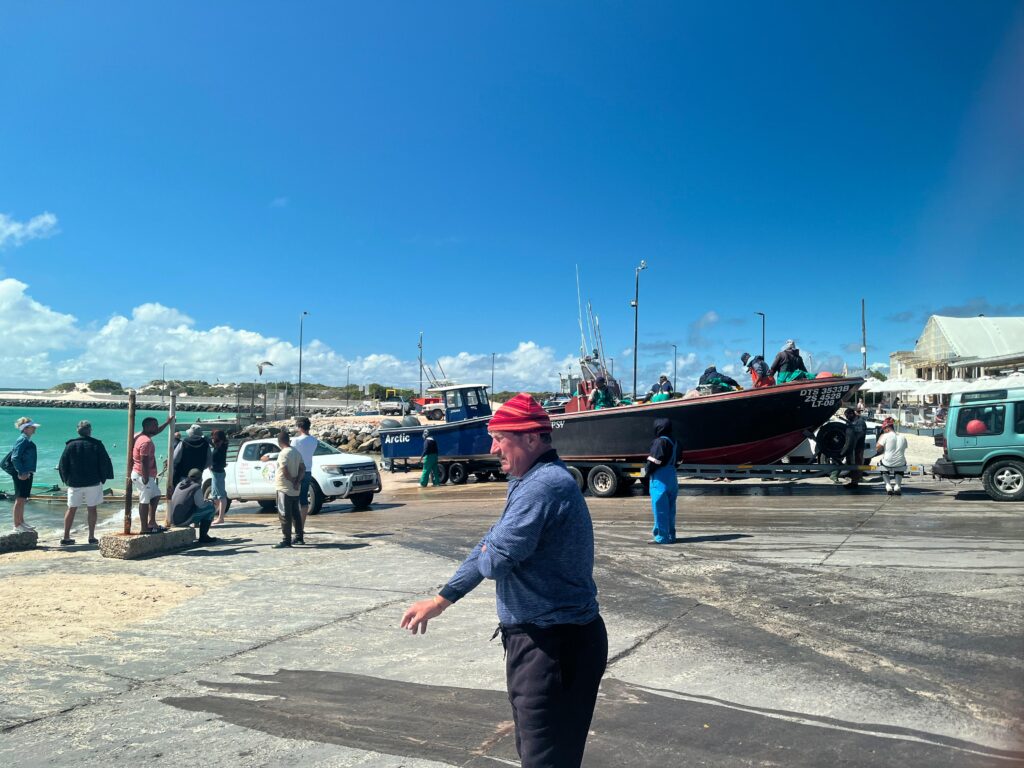
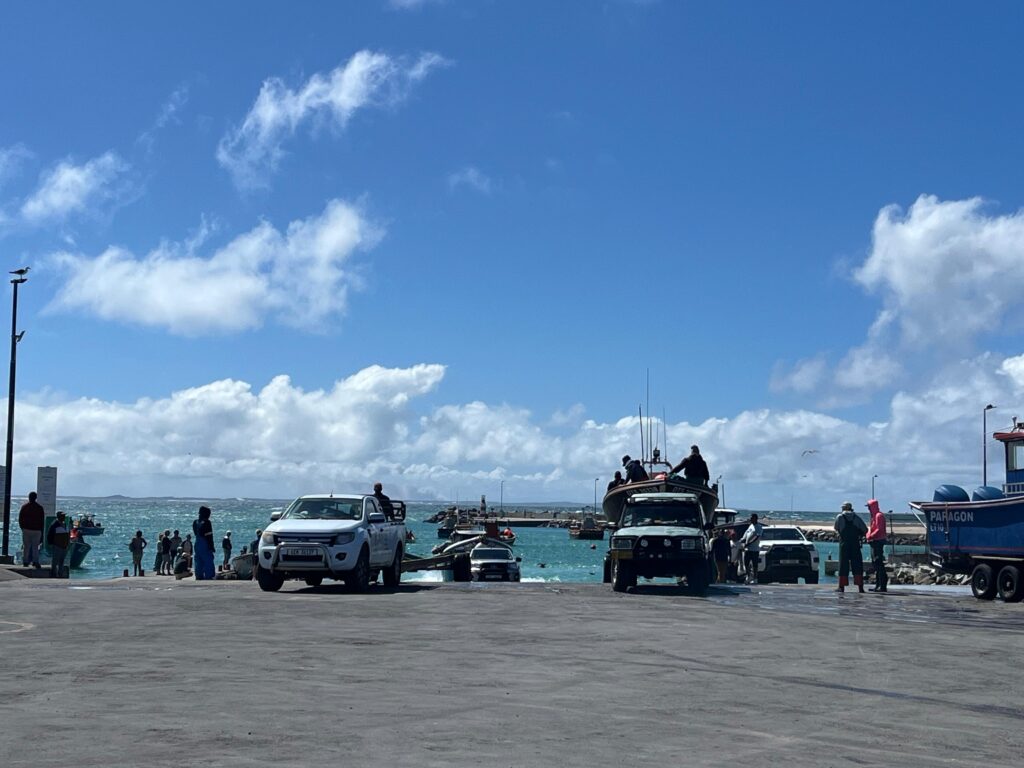
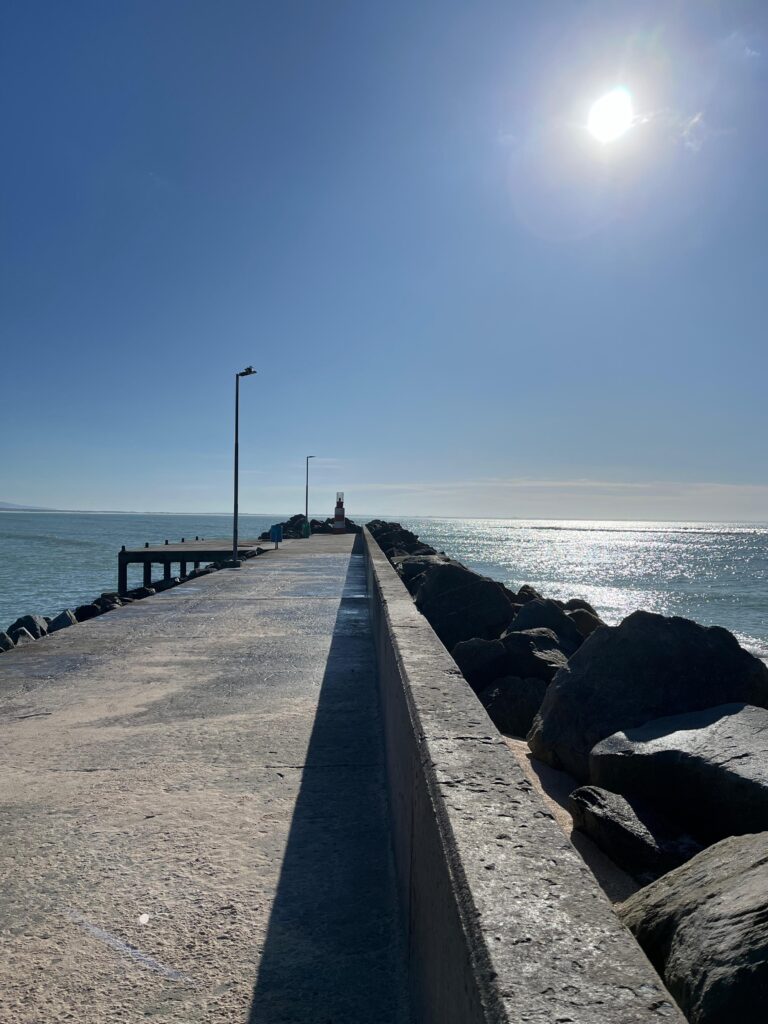
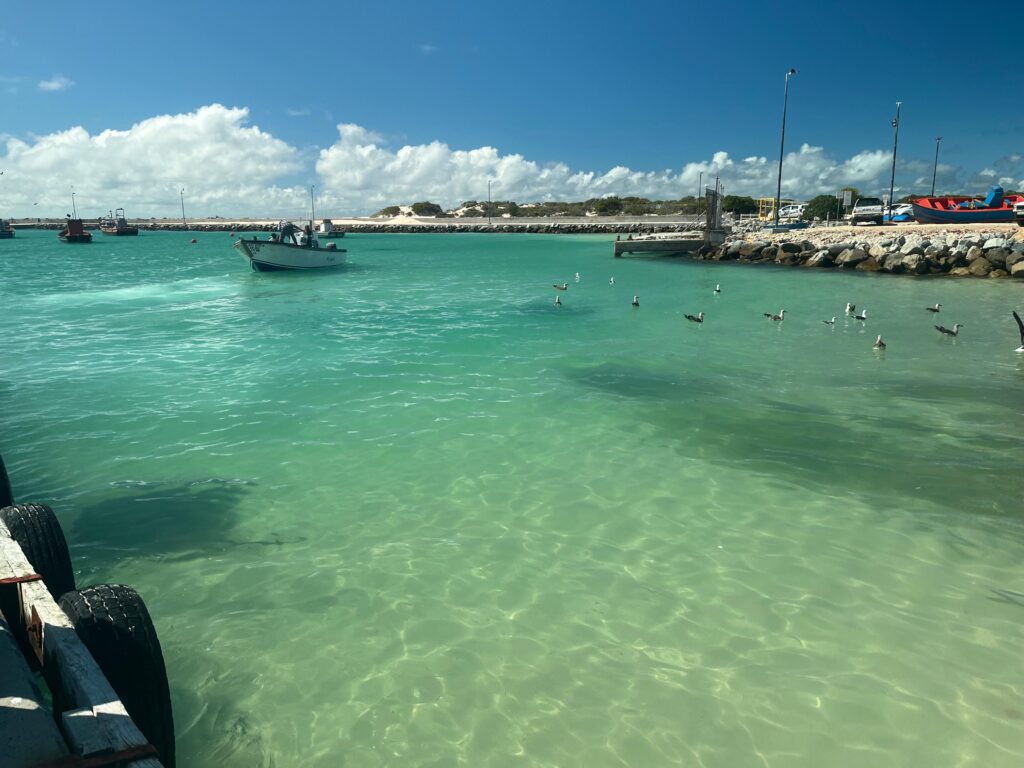

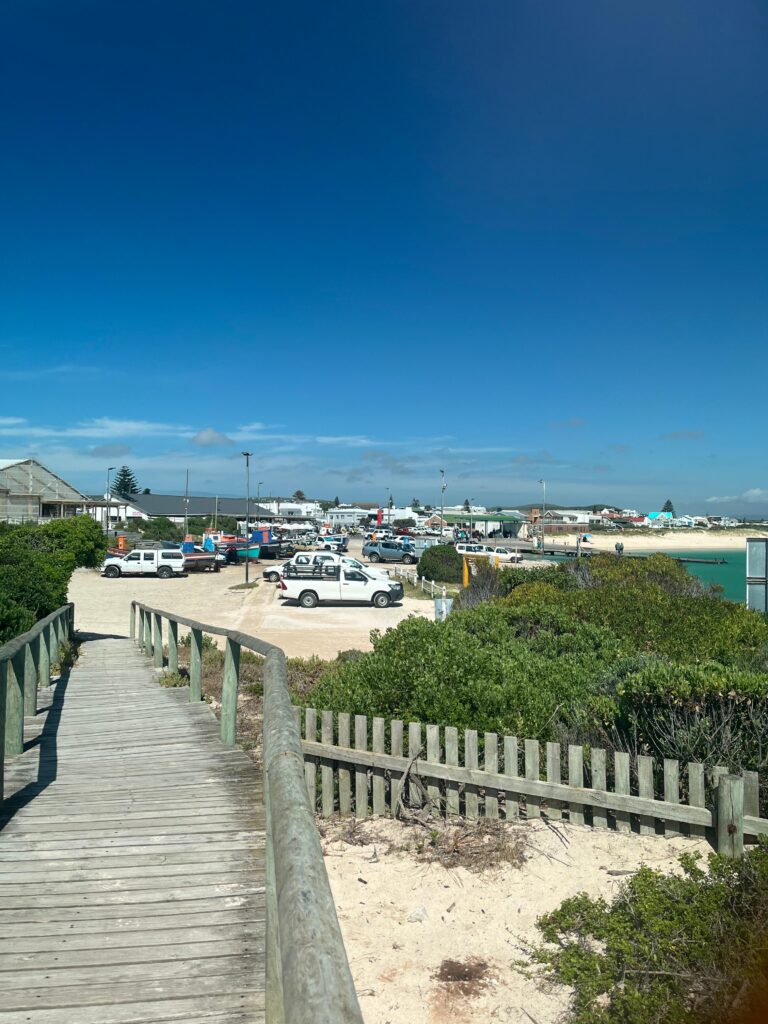
Add a review